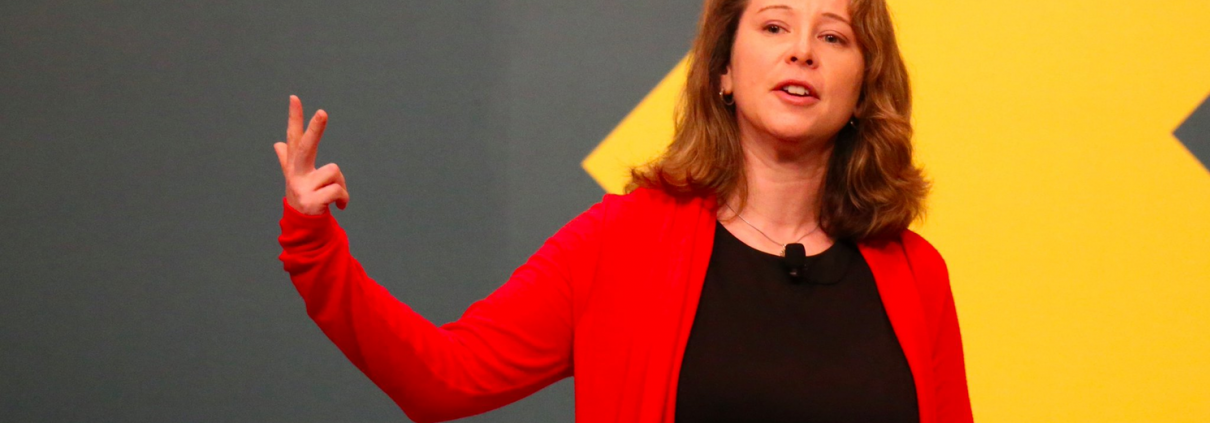This is post by Ritchie Wong a final year education student in Hong Kong about his experience at 21CLHK.
Any great conference has a great opening keynote. Likewise, Dr. Marie Alcock, from Learning Systems Associates, kickstarted the 9th Annual 21st Century Learning Conference (21CLHK) great with her moving energy, groundbreaking ideas, and refreshing inspirations. From reviewing the common struggles educators face today to the six capacities every contemporary educator are expected, Dr. Alcock ended her speech by asking the audience to update their job descriptions, and start becoming a contemporary educator today.
Here are three big takeaways from her:
Be honest. Do we actually know our students? Through their hands raised to answer your question in the classroom, or through the cold-blooded letter printed on their year-end reports? Yes. Some better educators spend their free time interacting with them, design on-going checkpoints to assess their mastery on the intended learning objectives or support one of their inter-school basketball competitions – but, aren’t we still ‘understanding our students’ through our own lens to understand ourselves?
This is what Dr. Alcock proposed: to design a truly student-centered curriculum, is to truly understand who our students of today are. Listing 7 qualities of the contemporary learners (as shown above), exemplified by how differently various generations approach to text-messaging, she has reminded me of what a student told me—when I asked the whole class to give one piece of advice for every teacher in Hong Kong: ‘If you want to know whether your teaching is effective on us, just imagine you were learning as we do, and you will know it.’
2. Stop any excuse, teachers!

‘I don’t have enough time’; ‘I am afraid of failing in front of my colleagues, parents – and especially my students’; ‘That’s not the place I want to be’. We all have thought of these—when the little evil – that is doubt – steps in our big heart of innovation. You can call them excuses, fears, or whatever, but one thing is for sure – they are unhealthy to us, our goals, and our educational development. Getting rid of them is the only way out.
The victim of a heart attack would never refuse the necessary treatment because he/she ‘has no time’. Our students would never learn to reflectively fail with style, and stand up again, if their influential models (us) did not do the same. A parent would never tolerate teachers – who are responsible for preparing their child for the uncertain future – if they did not fulfill their commitment because they are self-constrained in their comfort zones. As cliched as it sounds, nothing indeed is impossible if the heart to make a difference is strong enough.
3. The world is assessing you, you and you!

Today, there should be no wall, between students and teachers, or the classroom and the world. Everything is so connected that teachers’ performance might be assessed by someone outside their classroom in another part of the world via the uploaded lessons online. Students’ demonstration of understanding—their assignments in any sort of medium—should also be involved by the real-world experts. That means no one can monopolise the key metrics imperative to the effectiveness of learning and teaching today.
Though this idea of bringing authenticity into the classroom is not new, Dr. Alcock’s reminders on including outside experts in mentoring students’ work, or giving real-world-based feedback to students, do reinforce my belief in bridging what students are doing in schools with what experts in different industries actually do—their metrics of success, tools, process of working, or even the projects that are most urgent to them. Only through this can we truly become the contemporary educators as every attendee in 21CLHK wants.







Leave a Reply
Want to join the discussion?Feel free to contribute!